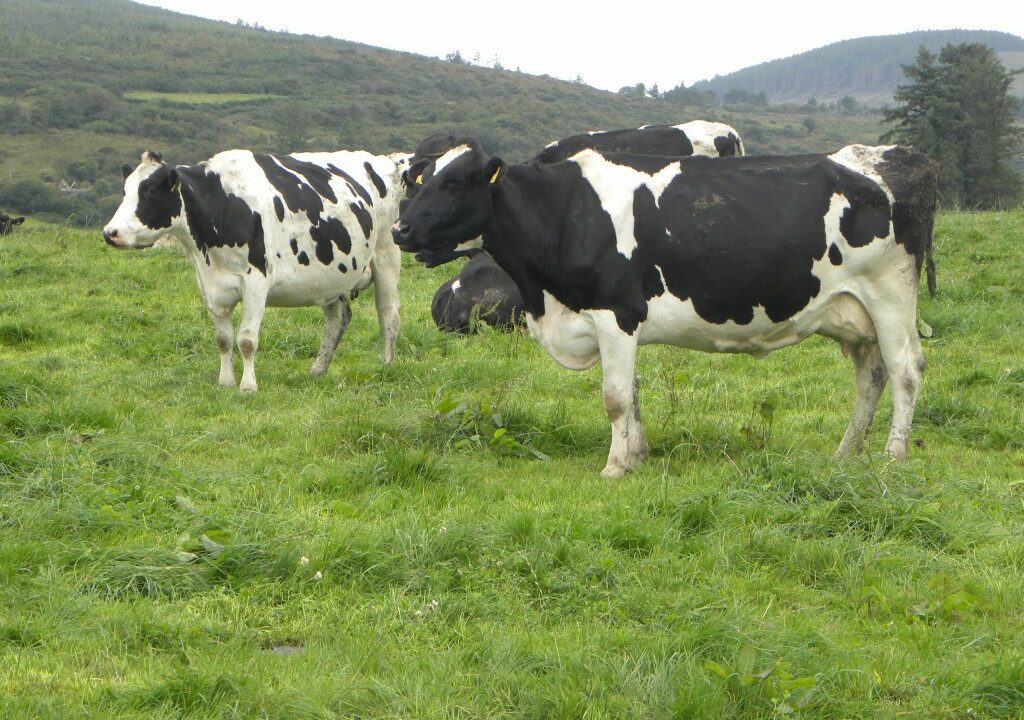Building up a substantial grass bank during the autumn months on both dairy and cattle farms is a good thing – provided it is managed, according to Teagasc’s Dr Joe Patton.
“People often talk about the north/south split when it comes to the grazing condition that prevail in Ireland,” he said.
“But at the present time the divide can be quantified from an east/west perspective. Current daily grass growth rates are quite good at about 60kg DM per hectare across the country, which is still running ahead of herd demand on many farms.”
This means grass supply is building up, particularly on those farms operating at moderate stocking rates.
“However, the problem for farmers in the west is that the carrying capacity of their land is well short of its production potential, from a grazing perspective.
“It is very important to control the peak amount of autumn grass on these farms, to around 1000kg/ha, thereby having enough to ensure grass in the diet for as long as possible, but not too much that ground conditions make late season grazing impossible.
Patton confirmed that dairy farmers on heavier land should aim to have their last paddock grazed out by the first week of November and that their grassland management practises between now and then should reflect this target.
“On wetter farms, the closing up date could be 10 days earlier than the standard target,” he added.
And the starting point, in terms of making this happen, is to accurately budget the amount of grass that will be available between now and the target closure date of each paddock, he said.
“The grazing area should be closed off in rotation between late September and early November. This will allow for a fresh re-growth to develop on most paddocks through October and November, which can then be carried through into the early spring period of next year.
“Keep silage out of the milking diet as long as possible to ensure paddocks are well grazed out,” he said.
Once closed, he advises that these paddocks should be left alone. Grazing late with weanlings or store lambs over the winter period is not a preferred option, as this will dramatically reduce the amount of grass available for fresh calvers next spring, he said.
On heavier farms where an excess bank of grass has built up over recent weeks, Patton is advising that a simple grass budget should be completed immediately.
“Grass in the diet is driving milk solids at present, but if the grass covers run away beyond target now grazing efficiency will suffer for the rest of the year. Some paddocks may need to be grazed with in-calf heifers for example, but these decisions are difficult to make without a budget in hand.”
